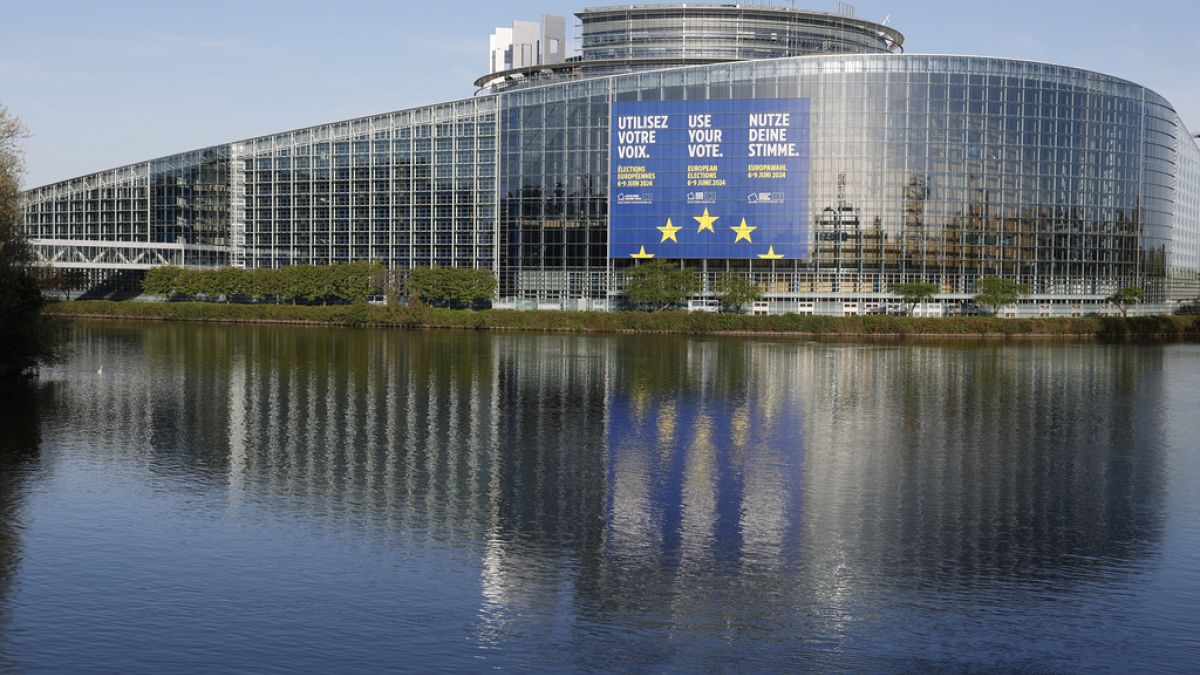With EU member states heading to the polls, here's how the elections differ from country to country. Between 6 and 9 June, some 350 million people across 27 European Union member states will come together to elect 720 members of the European Parliament. While the will represent everybody in the bloc, each country votes slightly differently - and that’s particularly apparent this year.
While each nation uses the system of proportional representation - which means that a party's share of the vote is reflected in its seat tally - each individual country uses its own variant. Nineteen countries use the preferential voting system, where voters are able to express their preference for one or more candidates. In some of the countries using this method, including Italy, Poland, the Netherlands and the Nordic nations, voters can only change the position of candidates on a single list.

In others, they can pick candidates from different lists. In the end, candidates who win the most preference votes overall win seats. Closed-list voting is preferred by six countries, including Germany, France and Spain.
Voters in those nations can only vote for a party list and are unable to alter the order of the party's candidates on the list. The final method is the single transferable vote system, used by Malta and Ireland. Here, voters rank candidates in order of their preference and the MEP is selected once they reach a certain threshold of votes.
Any votes left over are subsequently leant to th.
















